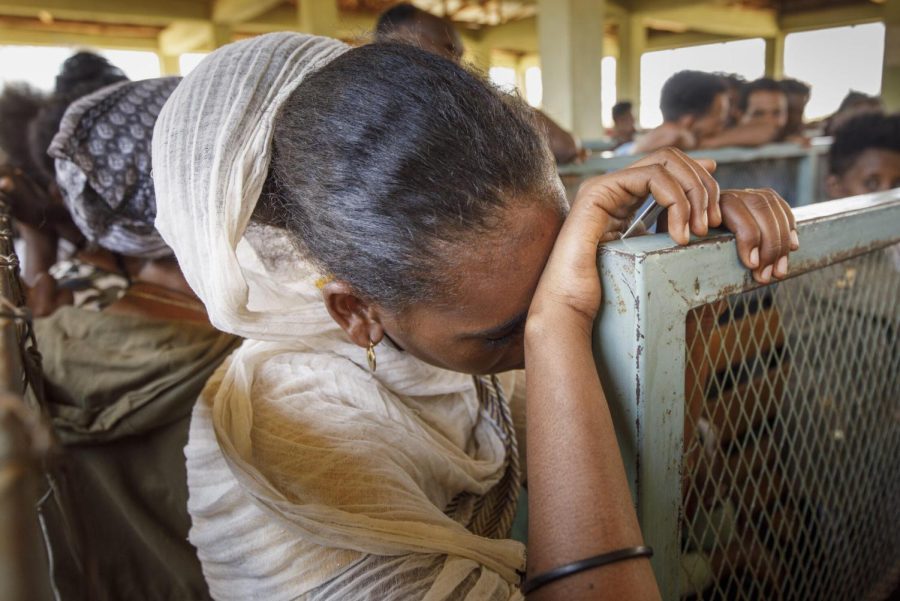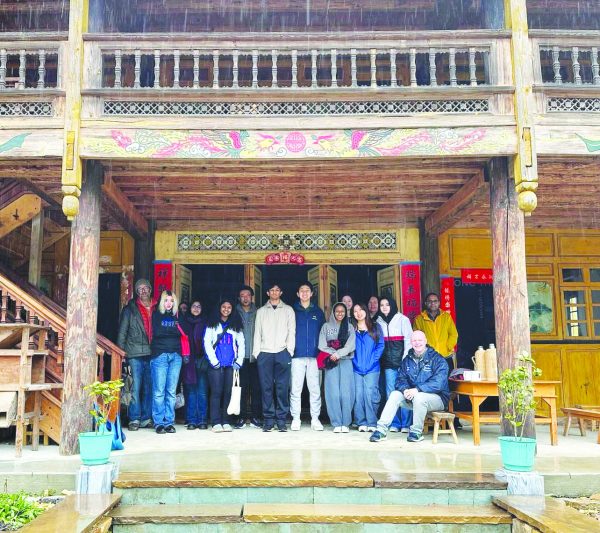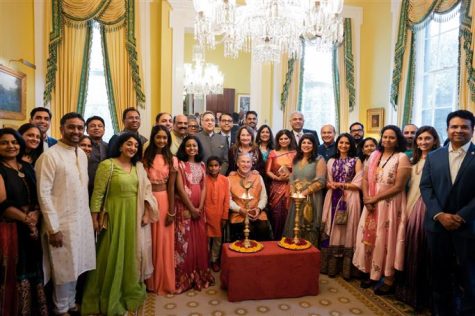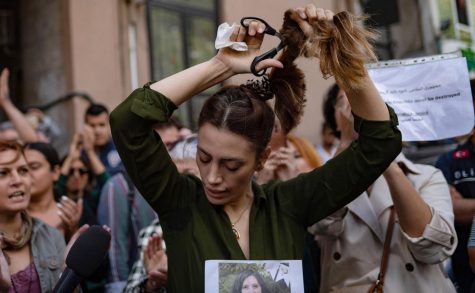Conflict in Tigray Impacts the Annandale Community
The northern Virginia area, especially Annandale, has been impacted heavily by the war in the Tigray region of Ethiopia. In the 1970’s and 80’s Ethiopians migrated to the DC area in large numbers. With time this has led family members and friends to make their way to the DC metropolitan area creating an even larger community. The Ethiopian community has, in a sense, replicated their homeland with the creation of Ethiopian restaurants, churches, and small businesses. Because of the large community, the war in Ethiopia has heavily affected many immigrants living in America, more specifically, in the Annandale community.
With a population of over 110.14 million, Ethiopia is a melting pot of Middle Eastern and African traditions, with Semitic, Cushitic, Omotic, and Nilotic peoples representing a religious, ethnic, and linguistic mosaic of these cultures. The Amhara and the Oromo make up the majority of the Ethiopian peoples—60% of the overall population—out of the approximately 80 nationalities that make up the country. The population in rural areas makes up about 85% of the total. The annual population growth rate is about 3.09 percent, and the economically active segment, between ages 14 and 60, is about 50 percent of the total population. The Federal Democratic Republic, in Ethiopia is made up of 9 National Regional States (NRS) -Tigray, Afar, Amhara, Oromia, Somali, Benishangul-Gumuz, Southern Nations, Nationalities and Peoples Region (SNNPR), Gambella and Harari – and two administrative councils – Addis Ababa and Dire Dawa. The NRS and the Administrative councils are further divided into 62 zones and 523 woredas.
Ethiopia has eleven administrative areas, one of which is Tigray. Each area has its own police force and militia and is largely autonomous. The majority of regional governments are split along deeply held ethnic lines.
On Wednesday November 2, Tigrayan forces and the Ethiopian government met in South Africa agreeing to a permanent cessation of hostilities. Many world and regional leaders welcome the peace agreement, hoping it will be the first step to ending the bloody war. Regional forces from Tigray’s northern region have been fighting Ethiopia’s federal army and its supporters, including militants from neighboring Eritrea. Since the conflict first broke out in November 2020. It has resulted in thousands of deaths, millions of displaced people, and hundreds of thousands facing starvation.
At Annandale, the Ethiopian and Eritrean community is brought together during the uncertain time of war in Tigray with the Ethiopian-Eritrean Association. The club was first created in the uncertain months after school closed due to the pandemic. The goal was to bring the Ethiopian and Eritrean community at Annandale closer together, celebrate Ethiopian and Eritrean culture, support new students adjusting to American school, and foster a tight-knit community.
Many students from Tigray have been personally impacted by the conflict as many of their family members live in the Tigray region of Ethiopia. During the telecommunication ban, many students at Annandale weren’t able to communicate with their family members, living their everyday lives not knowing if their loved ones were alive or not.
“I’ve been impacted personally because my mom’s family are in Adigrat which has been bombed several time in the past few weeks. Nowadays I just listen to the news and just freak out. All I hear is all of the drones and bombing that have been killing people all over Tigray,” sophomore Meklit Nigussie said.
During the telecommunication ban, many students at Annandale weren’t able to communicate with their family members, living their everyday lives not knowing if their loved ones were alive or not. This uncertainty can take a real toll on many students’ mental health and cause an increase in anxiety and stress.
“It is very mentally draining to worry about how your family is doing, wondering if they are dead or alive. I just want some peace and to know if my family is ok,” Nigussie said.
The diaspora oftentimes will be uncertain of the ways which they can help their homeland. Much of the younger generation has taken to social media, to spread awareness and promote various organizations which can help. Social media is a familiar outlet for the youth. Since many people spend a lot of time on their phones, it can serve as an outlet with images and videos. It can be a source of accurate information, including posts from legitimate news sources. It can also help in raising funds and donations.

Senior Mariamawit Endalkachew is in her fourth year on the A-blast staff. She is currently pursuing the IB Diploma and is excited for the school year....






